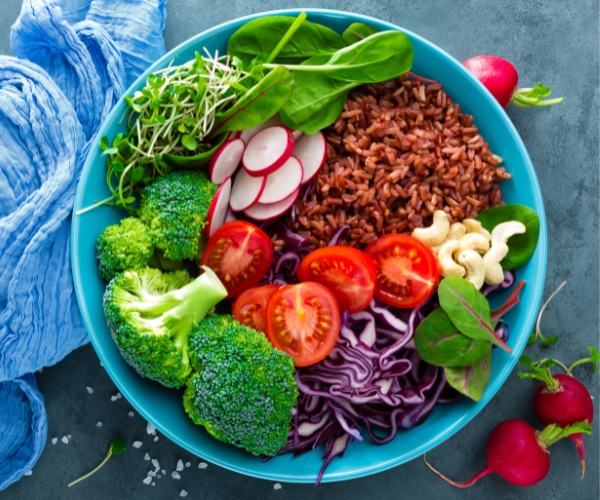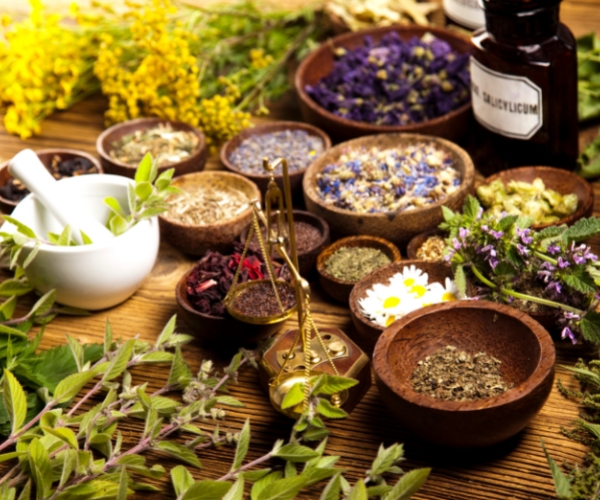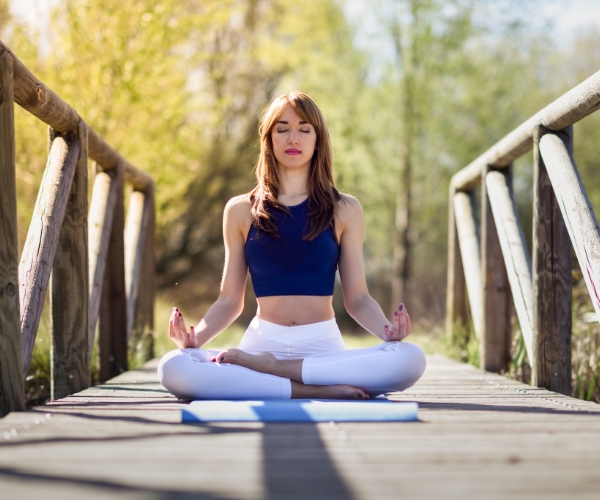Unlocking the Power of Ayurveda – The Holistic Path to Health and Wellness
Ayurveda is an ancient Indian system of medicine that has been practiced for thousands of years. It is a holistic approach to health and wellness, which focuses on balancing the mind, body, and spirit to prevent and treat illness. Ayurveda treatment encompasses various therapies, including herbal remedies, diet, yoga, and meditation. This article will explore the various aspects of Ayurveda treatment.
What is Ayurveda?
Ayurveda is a Sanskrit word that means “the science of life.” It is a holistic system of medicine that originated in India more than 5,000 years ago. Ayurveda treatment focuses on balancing the body’s three doshas – vata, pitta, and kapha – to maintain good health. These doshas are believed to be responsible for regulating various bodily functions, and an imbalance in any of them can lead to illness.
Ayurveda treatment involves the use of natural remedies, including herbs, minerals, and animal products, to restore balance to the body. It also emphasizes the importance of diet, lifestyle, and mental and emotional well-being in maintaining good health.
Ayurveda treatment involves an individualized approach, with treatment plans tailored to each person’s unique needs and constitution. Ayurvedic practitioners use a range of diagnostic tools, including pulse diagnosis, to determine a person’s dosha balance and recommend appropriate treatment.
Diet in Ayurveda Treatment
Diet is an essential component of Ayurveda treatment. Ayurvedic practitioners believe that food is medicine and that a balanced diet is crucial for maintaining good health. Ayurvedic dietary guidelines are based on a person’s dosha balance and take into account their unique constitution and digestive capacity.
In Ayurveda treatment, foods are classified into three categories – sattvic, rajasic, and tamasic. Sattvic foods are considered pure and nourishing and are recommended for balancing all doshas. Rajasic foods are stimulating and are recommended for balancing the vata dosha, while tamasic foods are heavy and dull and are recommended for balancing the kapha dosha.

Herbal Remedies in Ayurveda Treatment
Herbal remedies are an essential part of Ayurveda treatment. Ayurvedic practitioners use a wide range of herbs and plant extracts to treat various ailments. These herbs are selected based on their specific properties and are often combined to create a synergistic effect.
Some of the commonly used herbs in Ayurveda treatment include ashwagandha, turmeric, ginger, and triphala. Ashwagandha is an adaptogenic herb that is known for its ability to reduce stress and anxiety. Turmeric is a potent anti-inflammatory herb that can help to alleviate pain and reduce inflammation. Ginger is a digestive herb that can aid in digestion and reduce nausea. Triphala is a combination of three fruits that are known for their cleansing and detoxifying properties.

Yoga and Meditation in Ayurveda Treatment
Yoga and meditation are integral components of Ayurveda treatment. Yoga is a physical practice that involves various postures, breathing techniques, and meditation. It is believed to promote flexibility, strength, and balance in the body and to help reduce stress and anxiety.
Meditation is a practice that involves focusing the mind and calming the body. It is believed to promote relaxation, reduce stress and anxiety, and improve mental clarity and focus. Ayurvedic practitioners may recommend specific yoga postures and meditation techniques based on a person’s dosha balance and specific health concerns.

Ayurvedic Massage in Ayurveda Treatment
Ayurvedic massage is another essential component of Ayurveda treatment. It is a form of bodywork that uses warm oils and gentle pressure to promote relaxation, balance the doshas, and improve overall health and well-being. Ayurvedic massage may involve the use of specific oils or herbs based on a person’s dosha balance and specific health concerns.
The massage may also include specific techniques, such as marma point massage, which involves applying pressure to specific points on the body to promote healing and balance. Ayurvedic massage is believed to promote relaxation, improve circulation, boost the immune system, and promote detoxification.

Panchakarma in Ayurveda Treatment
Panchakarma is a comprehensive detoxification and rejuvenation program that is a part of Ayurveda treatment. It is a five-step process that involves various therapies, including massage, herbal remedies, and cleansing practices, to eliminate toxins and restore balance to the body.
The five steps of Panchakarma include:
- Vamana: This step involves inducing vomiting to eliminate toxins from the upper respiratory and digestive tract.
- Virechana: This step involves using purgative herbs to eliminate toxins from the lower digestive tract.
- Basti: This step involves administering herbal enemas to eliminate toxins from the colon.
- Nasya: This step involves administering herbal remedies through the nose to eliminate toxins from the respiratory tract.
- Rakta Moksha: This step involves using techniques such as bloodletting to eliminate toxins from the blood.
Panchakarma is a highly personalized program that is tailored to each person’s unique needs and constitution. It is often used to treat conditions such as chronic fatigue, digestive disorders, and autoimmune diseases.
In conclusion, Ayurveda treatment is a holistic approach to health and wellness that has been practiced in India for thousands of years. It emphasizes the importance of balancing the mind, body, and spirit to prevent and treat illness. Ayurveda treatment involves various therapies, including herbal remedies, diet, yoga, meditation, massage, and Panchakarma. Ayurvedic practitioners use a personalized approach to determine a person’s dosha balance and recommend appropriate treatment. Ayurveda treatment can be used to treat a wide range of conditions, from stress and anxiety to chronic pain and autoimmune diseases.
